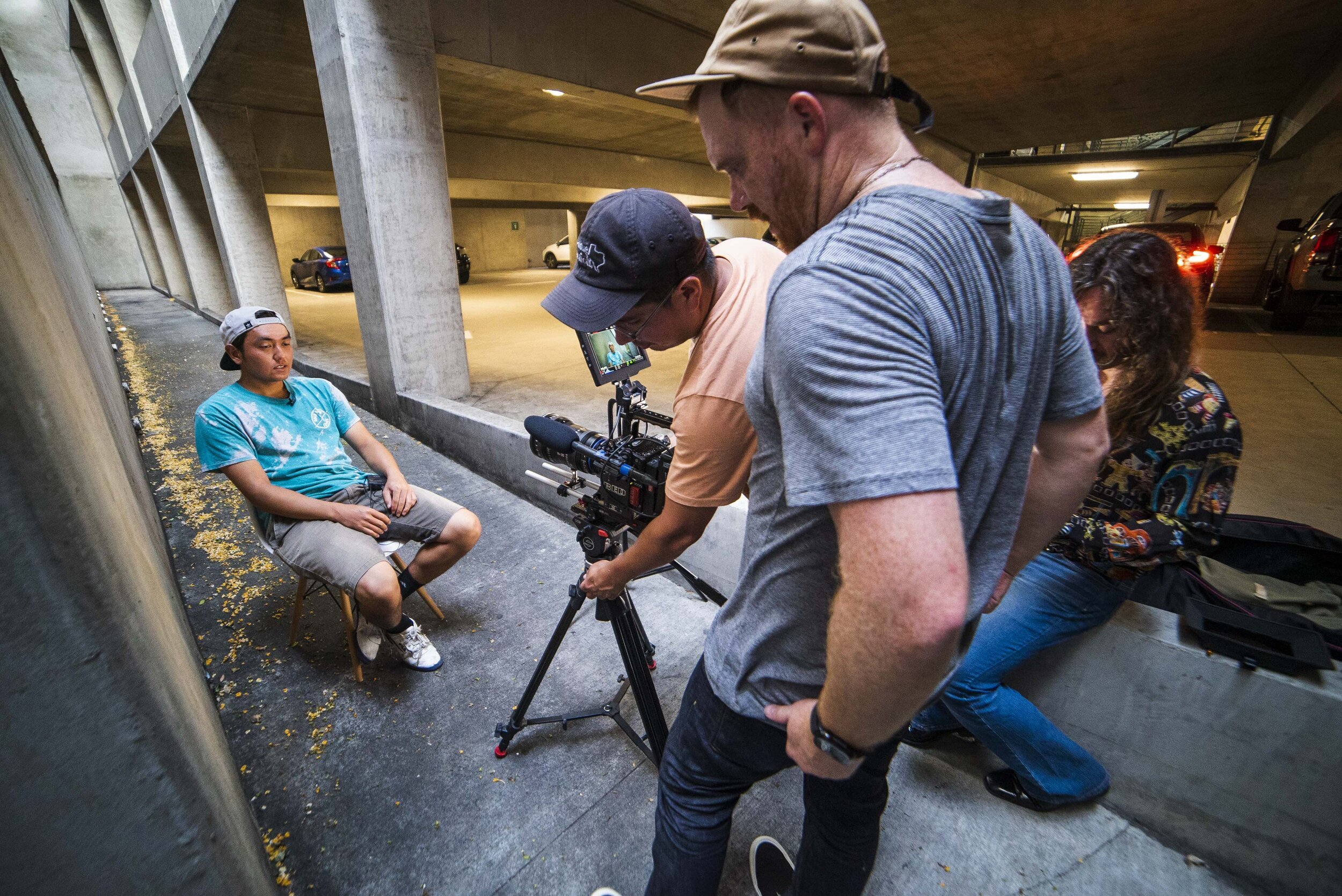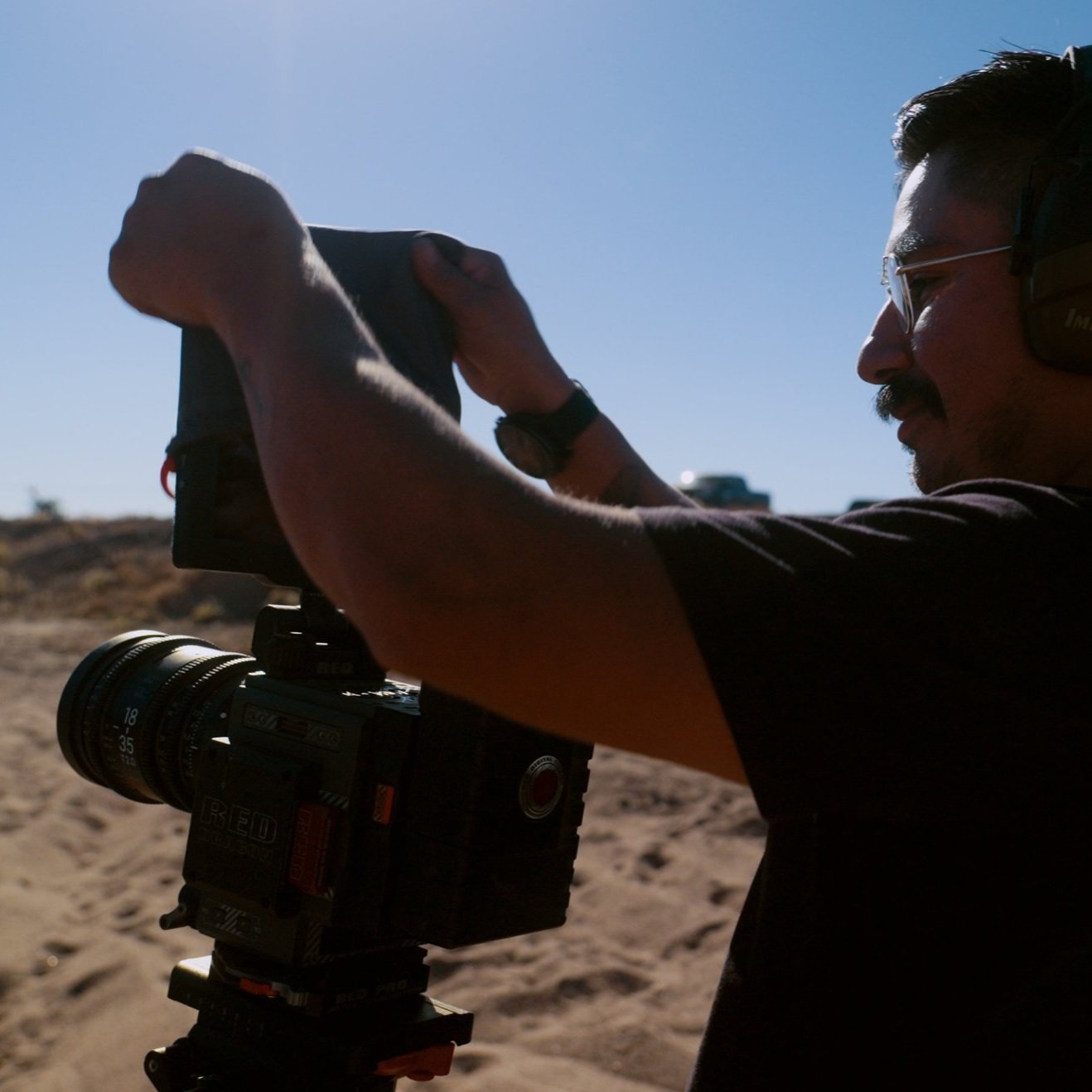Sean A. Marin
Photographer, Videographer & Marketing consultant
Creating a Documentary budget
Creating a compelling and impactful documentary requires more than just a captivating story and skilled filmmaking; it also demands a meticulously planned and well-structured budget. Crafting a documentary movie budget is an essential aspect of the filmmaking process, ensuring that resources are allocated efficiently to bring your vision to life. In this guide, we'll delve into the key components of structuring a documentary film budget that strikes the right balance between creativity and fiscal responsibility.
1. Define Your Vision and Story: Before diving into the budgeting process, it's crucial to have a clear understanding of your documentary's vision and story. Define your narrative, identify the key themes, and outline the message you want to convey. A well-defined vision will guide your budget decisions and help you allocate resources where they matter most.
2. Research and Development: The initial phase of documentary filmmaking involves extensive research and development. Allocate funds for pre-production activities such as researching the subject, conducting interviews, and gathering relevant materials. This stage sets the foundation for your documentary and influences subsequent budgetary decisions.
3. Pre-Production Expenses: Outline all pre-production expenses, including but not limited to:
Crew: Identify the key members of your production team, such as the director, producer, cinematographer, and editor. Determine their fees and allocate funds accordingly.
Location Scouting: Budget for scouting locations, obtaining permits, and securing necessary permissions for filming.
Equipment: Consider the rental or purchase of cameras, lighting, sound equipment, and other technical gear essential for capturing high-quality footage.
Travel: If your documentary involves shooting in multiple locations, account for travel expenses, accommodation, and transportation for the crew.
4. Production Costs: The heart of your documentary film budget lies in the production phase. Break down this section into specific elements:
Shooting Days: Estimate the number of shooting days and allocate funds for crew salaries, equipment rental, and any unforeseen expenses.
Talent Fees: If your documentary involves interviews or collaborations with experts, allocate funds for talent fees or honorariums.
Footage Acquisition: Consider the costs associated with obtaining archival footage, stock footage, or licensing existing material.
5. Post-Production: Post-production is where the raw footage is transformed into a polished documentary. Allocate funds for the following:
Editing: Budget for the services of a skilled editor who can weave together the footage into a compelling narrative.
Sound Design: Ensure funds are allocated for sound editing, mixing, and any additional audio work required.
Music: It’s not always at the front of your mind. But having an idea of the music you want, scored or purchased, and make sure you have funds to create or purchase that.
Graphics and Animation: If your documentary requires graphics or animations, budget for the necessary software and talent.
6. Marketing and Distribution: Plan for the promotion and distribution of your documentary:
Film Festivals: Allocate funds for submitting your documentary to relevant film festivals, including submission fees and promotional materials.
Marketing Materials: Budget for the creation of promotional materials such as posters, trailers, and a website to build anticipation for your documentary.
Distribution Costs: If you plan to distribute your documentary independently or through a distributor, account for associated costs.
7. Contingency Fund: No matter how well you plan, unforeseen expenses can arise. Include a contingency fund to cover unexpected costs, ensuring that your documentary remains on track despite any surprises. A general safety is 15% added to your budget.
8. Legal and Insurance: Don't overlook the importance of legal considerations and insurance:
Clearances and Releases: Budget for obtaining necessary rights, clearances, and releases for the footage and interviews featured in your documentary.
Insurance: Protect your project by investing in production insurance that covers equipment, liability, and other potential risks.
9. Professional Advice: Consider seeking the advice of a financial expert or a line producer experienced in documentary filmmaking. Their insights can help you refine your budget and ensure that all aspects are adequately covered.
10. Regularly Update and Revise: Throughout the filmmaking process, regularly update and revise your budget to reflect any changes or adjustments. This proactive approach will help you stay on top of financial matters and make informed decisions as the project evolves.
11. Your film is a business: It can be easy to neglect that your documentary film is not just a work of art, but a business. Keep the long game in mind, if you want to fund more projects make sure you will have a profit margin in the creation of your film. This helps with overages, as well as creating a bank account full of money to tell more stories.
In conclusion, structuring a documentary movie budget is a delicate balancing act that requires foresight, careful planning, and attention to detail. By breaking down the budget into specific categories and diligently allocating resources, you can navigate the complexities of documentary filmmaking while ensuring that your creative vision is realized within the constraints of fiscal responsibility. Remember, a well-structured budget is not just a financial roadmap; it is a vital tool that empowers you to bring your documentary to life with precision and impact
Get my Documentary film budget spreadsheet template
OTHER BLOGS YOU MAY LIKE




